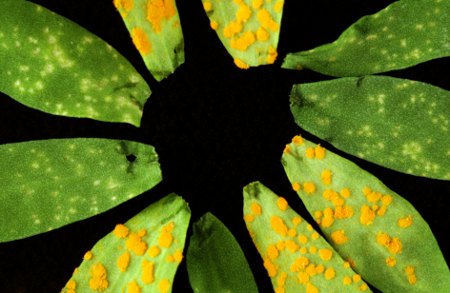
|
Published: 19 December 2011
Sustainable innovators recognised and supported
Five clever and important initiatives with great potential benefit for both the environment and the broader community were among the winners of The Australian Innovation Challenge, announced last week.
The inaugural $70 000 awards were run by The Australian newspaper, in conjunction with support from Shell and the Federal Department of Innovation, Industry, Science and Research.
According to Editor-in-Chief of The Australian, Chris Mitchell, the Innovation Challenge aims to help ‘put the spotlight onto the inspired and inspiring innovators who work for the greater good of others, often for little reward or recognition.’
‘We want to help ensure these ideas aren’t left on a shelf but are given the support they need to become a commercial reality,’ he said.
Of the eight winners, five had direct relevance to more sustainable practice or broader environmental benefit.
Jeremy Woodhill from the ACT won the General Public: Backyard Innovation category with his remote-controlled powerpoint switch, the Smart GPO, which allows individual power outlets to be turned off separately to mains power control, saving standby power use. The potential energy, carbon emissions and dollar savings across houses and commercial buildings with such switches installed is projected to be significant. The device’s commercial prospects look good too.
Biomedical engineer Mark Kendall from Queensland won the Manufacturing and High-tech Design category for his work developing a postage-sized immunisation skin patch. Utilising nanotechnology to help deliver vaccine medication, the concept does away with the delivery, resource and waste costs of syringes and needles, and has the potential to scale-up immunisation worldwide.
Scientists at the Cooperative Research Centre for National Plant Biosecurity have used the reach and immediacy of the internet to develop what they term the ‘digital diagnostics’ behind their Remote Microscope Network, a means of rapidly identifying plant diseases or exotic pests around the world. Users upload images of samples which are then assessed by a remote network of taxonomists, saving huge amounts of time – crucial in preventing pest incursions. For this work Gary Kong accepted the Agriculture and Food prize in the Professional category on behalf of the team.
Andrew Verden and Philip Kilby from National ICT Australia won the ICT award in the professional category for their Intelligent Fleet Logistics Indigo Solver software that finds the most efficient routing and scheduling for companies with hundreds of variables to consider when delivering goods by road daily around Australia. There are also of course consequential carbon emissions and cost savings as a result.
In the environment category, herpetologist Rick Shine from the University of Sydney was recognised for his team’s crucial work in developing a biological control to halt the relentless advance and growing impact of the cane toad across the country. The researchers are focusing on exploiting cane toad tadpoles’ own chemical deterrent and pheromone systems as a potential way to disrupt the animal’s lifecycle.
Separately, CSIRO physicist David Miljak and colleagues picked up the Minerals and Energy award, after developing a sensor that could improve copper production efficiency by more than 20 per cent. By scanning passing ore on a conveyor belt, the sensor can rapidly distinguish high grade from low grade ore.




